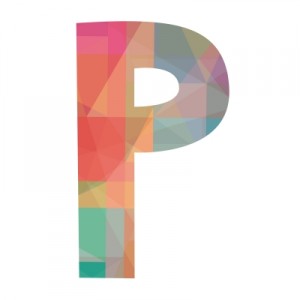
image courtesy of gubgib/freedigitalphotos.net
Say yes, that is to Promise, Picture, Proof, Push.
When you write your Web page talking about yourself or your company you risk losing your visitors as fast as they can click away. That’s because they aren’t online looking for your old fashioned ad, they’re searching for something…an answer, information, or maybe a little entertainment.
You waste valuable space and your visitor’s time when you go on about yourself. We this and we that. That’s why many call it “corporate we we.” (ha ha ha)
You Can Create Consistently Better Web Pages with a Promise, Picture, Proof, & Push
Online visitors are usually action oriented. They have a problem they want solved, information they want to find out more about.
In almost every case, they want to know that you can help and that you understand them. They want to feel comfortable that you have helped others in similar circumstances. Finally, they want to know what they should do on your website to get the result they’re looking for.
You can address each one of these concerns every time on your web pages if you keep the 4 P’s in mind as you create your pages.
How the 4 P’s Keep You on Track for Better Web Pages Every Time
Let me tell you quickly about each element of this foolproof formula for consistently good web pages. I’ll use some examples from my own website on my Content Optimization sales page.
Promise
Make a promise in the headline or headline/subhead of your page that is specific about what you can do for your visitors. Make sure they know they’re in the right place. Then tell them what they’ll gain from your product or service
From my Sales Pages:
Headline
“The NKB Six-Step Content Optimization Method For Websites”
SubHead
“How Content Optimization Builds a Business Website that Informs, Delights, and Motivates Your Audience”
What I can do: content optimization in just 6 steps.
My promise: I’ll build you a website that informs, delights, and motivates your audience.
Picture
Now you want to quickly build a relationship with your visitor. Let her know that you understand where she’s coming from and what she’s going through.
Check out the picture I paint in my first few sentences. If my visitor agrees that she has experienced what I describe, I’m starting to build a relationship, drawing her in. Here it is:
“You see it in your trade journals, newsletters, and industry tip sheets. Your business website should be the hub of your internet marketing. It can establish you as an authority in your marketplace and you’ll profit as it generates leads and sales.
But does your site really attract and engage your prospects?”
There's the picture, all those articles in your trade journals. And I use the word “you,” not “we.”
Proof
Now you can talk a bit about yourself, or get a good testimonial from one of your clients into your page. At this point your visitor is interested and engaged. But how does she know you can do what you say you can
Here’s what I placed on the page.
“I bring to my clients the insider knowledge I’ve gained writing over 400 Web pages, blog posts, video scripts, and emails for clients from Utica, NY to Minneapolis, MN and from Toronto, Canada to London, UK.”
400 Web pages, posts, etc. proves my experience. Of course, you have to trust me to be telling the truth here. I could go to my The Buzz page and pull a testimonial from there. What do you think? A statement of proof from me or a testimonial? Which is better?
Push
Push is just another word for Call To Action. You don’t want to leave your visitor hanging not knowing what they should do next.
On my page, I have placed a simple, orange colored Let’s Get Started button at the bottom. That under an intro sentence encouraging my visitor to, “Just get in touch with my easy contact form and we’ll talk about optimizing your website for the search engines and visitors.”
So there you have it, keep the 4 P’s in mind on every page you create. You’ll end up with pages that get found by your online visitors and motivate them to look to you for solutions.
Until next time,
Nick
Nick Burns is an SEO web writer specializing in persuasive copywriting and content marketing. He provides clients a winning content strategy plus the special web writing to make it work. You can contact Nick here.
